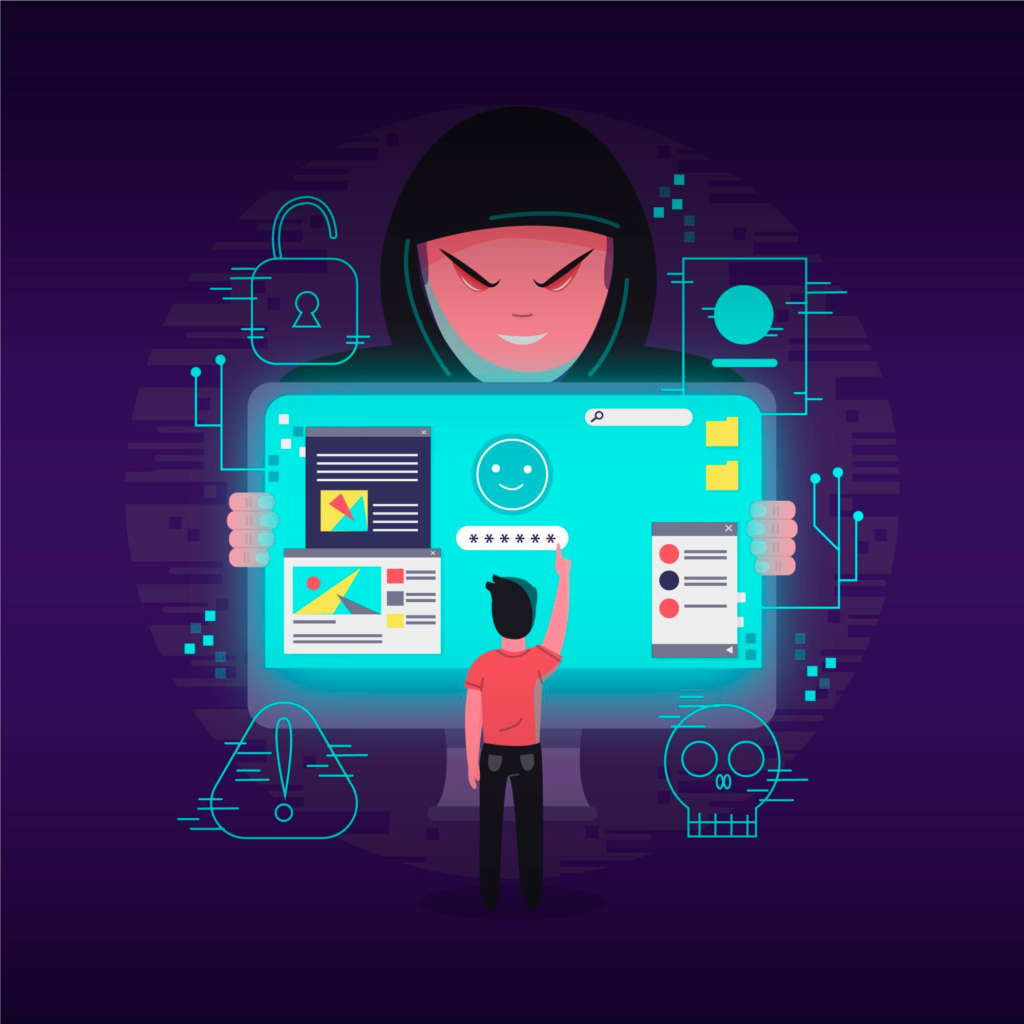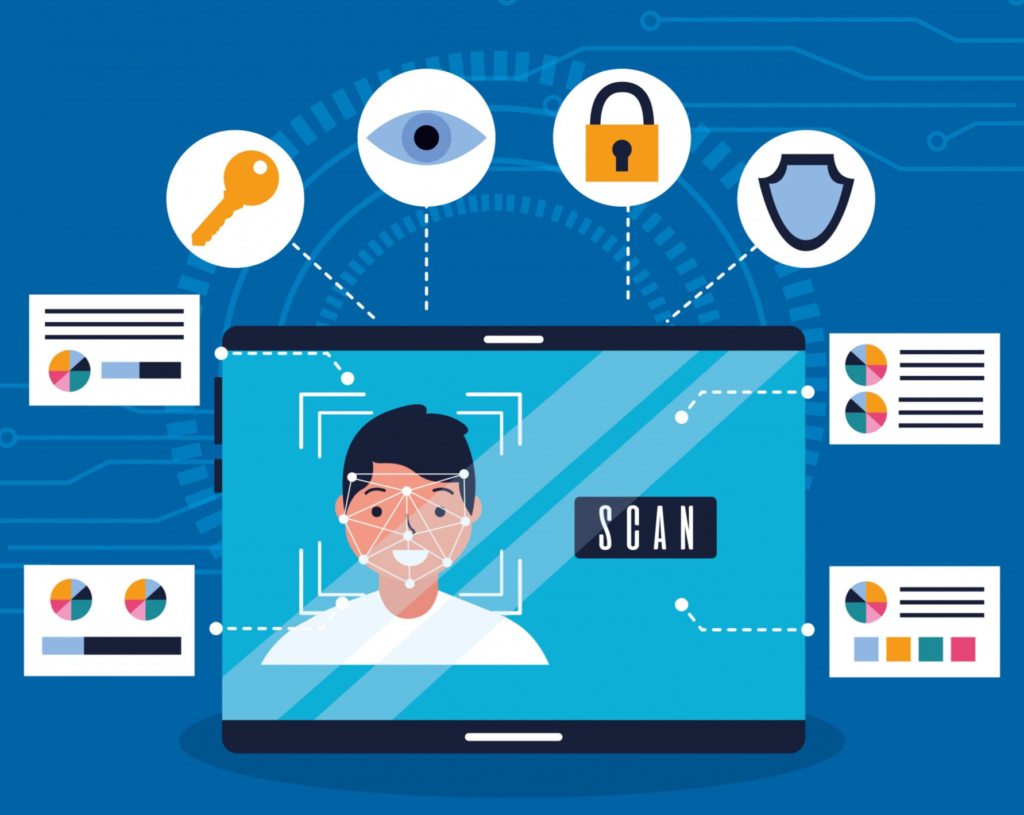

In a world where data breaches are not a matter of if but when, traditional cybersecurity strategies remain essential but are not adequate in their own right. Firewalls, antivirus software, and encryption represent the first wall and the first hurdle. Then what happens if an attacker slips through these boundaries? Digital forensics in cybersecurity then comes into play and makes all the difference. It allows organizations to trace back, analyze, and get the whole picture of the ramifications of an attack so that this breach does not become just a loss.
Even more importantly, it allows teams to shore up defenses, find gaps, and hold bad actors accountable. Whether investigating spyware-like keystroke loggers in cybersecurity, tracing through complex types of ransomware, or revealing identity-based automobile scams like SIM swapping, digital forensics in cybersecurity makes things very clear among the chaos.

Systematic collection, preservation, and analysis of electronic evidence is called digital forensics. A breach can be addressed reactively, as well as built proactively, and thus lay the foundations to prevent any future incidents. Here’s how digital forensics makes strategic, concrete business value:
Digital forensics in cybersecurity, when it is integrated into network security solutions, means better threat detection capabilities and stronger response plans backed by evidence for attackers. Coupled with the sandboxing in cybersecurity, the infected machine can be made to act in isolation, and teams will then observe malware behavior without learning how it functions while exposing live systems to risk. This field rapidly evolves with a fast-growing connected-device environment. More and more organizations have begun to implement IoT, hence the number of points of entry for an attacker that increases geometrically. Digital forensics is important in keeping with assessing breaches involving IoT devices that are usually left without security built into them.
A breach does not necessarily mean disaster; with digital forensics, it transforms every cyber incident into insight for real-time enhancement of defences. Let’s just say it’s a data bonanza
Security teams leverage forensic data to:
🔹 Improve the patch management process through fine-tuned identification of software vulnerabilities
🔹 Refresh the cybersecurity awareness training using realistic breach examples
🔹 Close the loop on updating SIEM tools with indicators of compromise
🔹 Enhance endpoint detection with signatures of patterns and attacker behavior
For example, if there was a malware infection due to a phishing email, digital forensics in cybersecurity would be able to indicate involvement of types of spoofing, how the malicious payload got delivered, and which endpoints were compromised.This increases beyond just tools; that knowledge now turns employees into smarter ones. Seeing how a real attack unfolded and how it may have been able to be stopped changes behavior in future scenarios whereas awareness based on reality does make a difference.
Cybercriminality, therefore, is far more than a problem confined to information technology; it becomes a full-blown crisis: a business, a legal, and reputational one. Today, regulations require organizations not only to protect sensitive data but also to reveal what went wrong in case of a breach. Otherwise, they risk potential fines, external lawsuits, and damaged customer confidence of digital forensics in cybersecurity
Hence,digital forensics in cybersecurity practices are:
Healthcare, finance, and education industries are especially vulnerable due to the sensitivity of the data they are processing. Digital Forensics in cybersecurity should be integrated in these sectors, not merely to achieve compliance but to build a culture of accountability. Even institutes running a cybersecurity course in Kerala and other regions have begun imparting knowledge in digital forensics. This is, indeed, a testimony to heightened relevance given in the regulation-abiding world where proof-compliant security is an option – but an expectation
Forensic readiness suggests that an organisation is not merely reacting to breaches; it is rather prepared. And in today’s times, with advanced persistent threats, it understands that prevention, although vital, is no longer enough.
Here’s how digital forensics in cybersecurity evidence turn recovery into a strategic advantage:
✅ Detects long-occupying threats that would remain hidden otherwise
✅ Reduces response time by providing detailed reports about the incident
✅ Creates a feedback loop where every incident makes improvement in the next response
✅ Records breach history and response, thereby strengthening organizational memory
Let’s look at the threats of digital forensics in cybersecurity:
Security isn’t exclusively the domain of the IT department anymore; every employee, from HR to digital marketer, is part of your human firewall
Digital forensics in cybersecurity contributes to this culture in two important ways:
It also gives ways for companies to test digital forensics in cybersecuritydefense proactively in controlled scenarios and sandboxing with environments. Simulating attacks allows the teams to assess their preparedness and enhance response protocols in a risk-free environment
In the rapidly changing threat landscape, digital forensics in cybersecurity serves not only as a response tool, but as a strategic capability. It goes deeper into finding out what went wrong while providing insight into how companies can put it right in the future. From figuring out complex malware to securing IoT devices, digital forensics in cybersecurity fortifies systems with a legal foundation and builds a culture of continuous improvement. With increasing threats, our strategies must evolve as digital readiness ensures that not only do we survive cyberattacks but also learn from and flourish beyond security